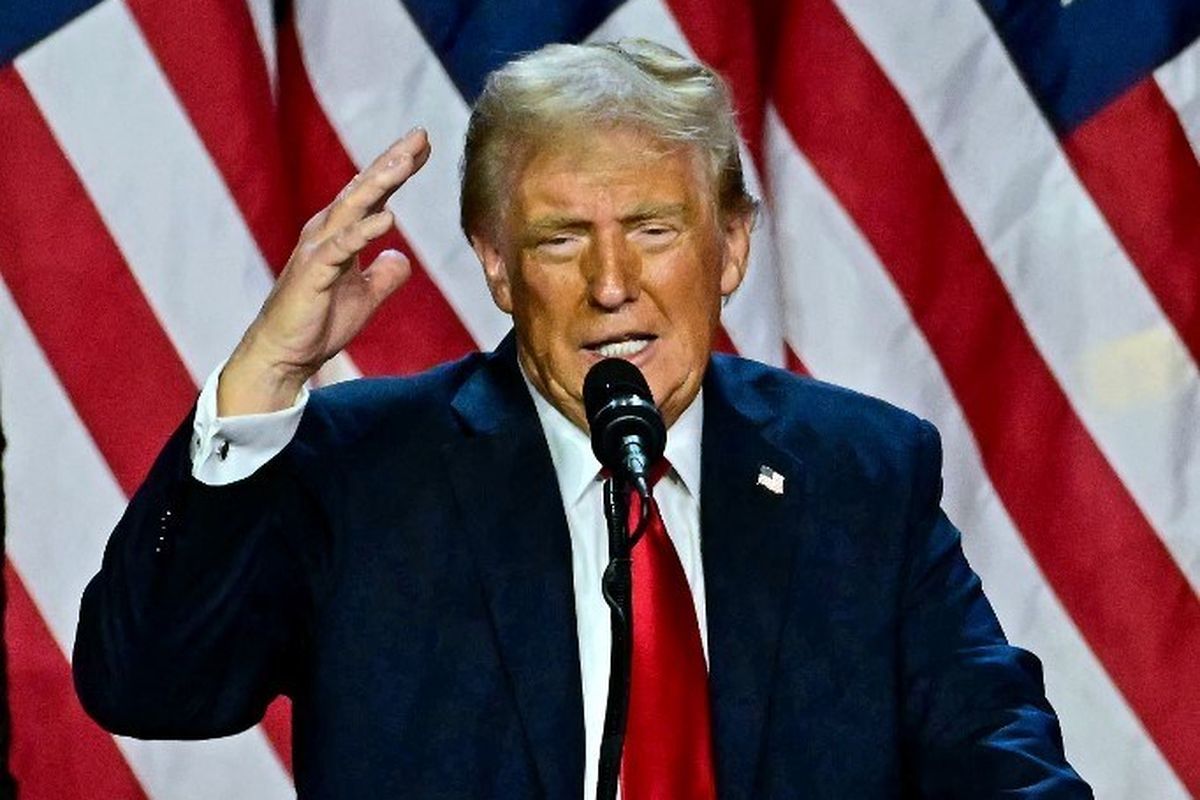New York — Donald Trump’s unexpected victory over Kamala Harris in the 2024 election has intensified a longstanding crisis within the American media. His return to the presidency has highlighted a fractured information ecosystem and thrown into sharp relief the widening gap between media institutions and the American public. As a figure who has repeatedly attacked the credibility of the press, Trump’s reelection has forced the media to confront painful questions about its own influence, purpose, and relationship with an audience that is now more polarized than ever.
In the hours following Trump’s victory, the reaction from his supporters underscored their deeply ingrained skepticism toward the press. Prominent conservative commentators, like those at The Federalist and The Daily Wire, framed Trump’s win as a repudiation of mainstream media. Matt Walsh, a conservative podcaster, boldly declared on social media that “Trump has vanquished the media entirely” and that they are “no longer relevant.” Such proclamations, though extreme, resonate with a large segment of Americans who feel that the mainstream media is an out-of-touch, elitist institution, one that has failed to fairly represent their viewpoints and instead serves as an echo chamber for political and cultural elites.
This perception is deeply troubling for media executives and journalists. A widely circulated quote from an anonymous executive captures the level of concern: “If half the country has decided that Trump is qualified to be president, that means they’re not reading any of this media, and we’ve lost this audience completely.” This candid statement reveals the stark reality facing many newsrooms — a substantial portion of Americans simply do not trust, or are actively alienated by, mainstream news sources. The media’s diminished ability to reach a significant part of the country has, in turn, created an existential crisis, forcing news organizations to question whether they can continue to be relevant to an audience that seems to have disengaged.
Dave Weigel from Semafor articulated this shift, pointing out that the authority of legacy media has been eroding steadily for years, with Trump’s return to the presidency as perhaps the most decisive marker of this decline. Conservative Americans have gravitated toward alternative sources — often social media platforms and independent podcasts — which they feel offer more accurate representations of their beliefs. On election night, while some networks expressed shock at Trump’s victory, conservative media outlets embraced the results as a validation of their role in shaping a new, alternative media landscape that operates beyond the boundaries of traditional journalism.
CNN’s political analyst Scott Jennings further emphasized this disconnect. Reflecting on the election coverage leading up to the vote, Jennings expressed frustration that the media focused heavily on fringe topics, like personalities and cultural battles, rather than addressing the primary issues of concern for voters. “We were told over and over that women lying to their husbands or Puerto Rico would change the election,” Jennings observed, arguing that journalists largely ignored the “fundamentals” such as inflation and economic anxiety. For many, the media’s preoccupation with narratives that appeal to coastal elites demonstrates an increasingly apparent disconnect from the broader electorate.
Meanwhile, liberal commentators like Ashley Allison highlighted that the media’s alienation problem is not confined to Trump supporters alone. “People who voted for Kamala Harris are struggling too,” Allison observed, reflecting a broader sentiment that American media often fails to capture the lived experiences of ordinary citizens, regardless of their political affiliations. Her remarks underscore a critical issue — that the frustrations of many Americans may transcend partisan divisions and instead reflect a growing belief that mainstream media is detached from their everyday realities.
Trump’s antagonism toward the media, which he first displayed during his 2016 campaign, shows no signs of abating. On the contrary, his return to office has prompted fresh concerns that his administration may actively seek to penalize critical media outlets, either by restricting press access to the White House or by more severe measures, such as threatening to revoke licenses for broadcast networks he deems hostile. Trump’s contempt for what he often labels “fake news” suggests a volatile period ahead, one in which the press may face unprecedented restrictions on its ability to report freely and critically on the president and his administration.
As newsrooms brace for this potential escalation, media leaders are seeking to reassure journalists of their mission’s enduring importance. Roger Lynch, the CEO of Conde Nast, issued a memo to his employees on Wednesday, emphasizing the company’s commitment to journalistic independence and integrity. “Now, more than ever, we must remain steadfast in our duty to uphold the principles of independent journalism,” Lynch wrote, stressing that a thriving, impartial press is essential to democracy’s future. His words capture the resolve of many media executives, yet they also underscore the anxiety rippling through the industry as it grapples with how to navigate the challenges ahead.
For an American media landscape facing dwindling trust and credibility, the path forward is uncertain. As Trump prepares to return to the White House, journalists are confronted with the daunting task of reconnecting with an audience that has, in many respects, turned away from them. The challenge ahead is formidable: to rebuild a fractured relationship with a skeptical public while remaining committed to the foundational principles of a free press, all within a deeply divided and volatile political climate.











